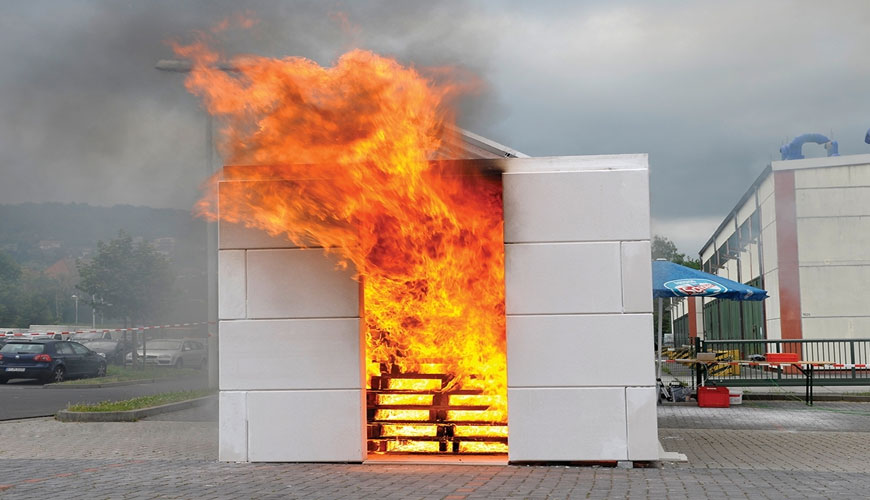

The CAN/ULC-S101 standard, published by the Canadian Standards Council, introduces fire resistance test methods applied to walls, partitions, floors, roofs, ceilings, columns, beams, as well as some components of these building sub-assemblies.

It is assumed that the performance of a component in an assembly will not necessarily be the same when such a component is tested in a different assembly.
The fire resistance time determined by this test method is intended to demonstrate performance only during the fire exposure period and is not to be interpreted as determining the specified suitability for use after exposure to fire.
For various building structures and materials, the following separate fire resistance test methods are envisaged:
In this standard, fire exposure and hose flow tests are not intended to represent all fire conditions. Conditions are likely to change with changes in the amount, nature and distribution of fire, loading, ventilation, size and configuration of the installed assembly. This fire resistance test standard provides a relative measure of the fire performance of comparable assemblies under specified fire exposure conditions.
The fire resistance of the elements surrounding a compartment in a building is the biggest obstacle to the spread of a full-blown fire. Modern building codes require building structures to exhibit varying degrees of fire resistance, depending on the amount of combustible material normally present in the use for which the building is designed. The amount of combustible material per square meter of floor area is commonly referred to as the fire load. Fire resistance is generally defined as a measure of the time that a material or assembly exhibits fire resistance under certain test and performance conditions.
Among the numerous test, measurement, analysis and evaluation studies it provides for businesses in various sectors, our organization also provides standard testing services for fire resistance tests of building construction and materials, within the scope of CAN/ULC-S101 standard, with its trained and expert staff and advanced technological equipment.
To get an appointment, to get more detailed information or to request an evaluation, you can ask us to fill in our form and reach you.